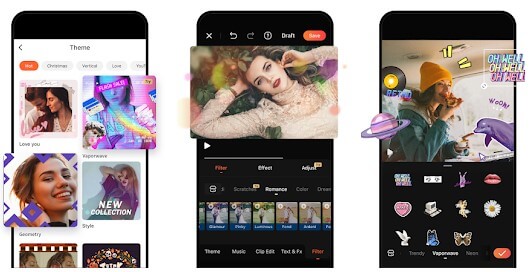

The apps represent a change in Apple's pricing strategy. Neither is surprising given the demands of pro-level media software, but there's a good chance you'll have to invest in a new iPad. While Logic Pro will work with any A12-equipped iPad or newer, you'll need at least an M1-based iPad just to use the video editor. The requirements are relatively steep for Final Cut Pro.

You can export music to Final Cut or as individual audio stems, and import tracks from GarageBand for iOS if you need the more advanced production suite. Along with the usual effects and plug-ins (including vintage EQs), there are new tools for manipulating samples, crafting beats, designing drum kits and producing loops.Īs with Final Cut, Logic Pro on iPad can exchange projects with its Mac equivalent. There's a new sound browser to help find patches, samples and other content in one place. You'll find a collection of instruments you can play using keyboards and other virtual interfaces, and a surprisingly deep mixer includes channel strips, faders, plug-ins and similar controls. Logic Pro, meanwhile, takes advantage of touch to let you perform on the iPad itself. Add a keyboard and you can use shortcuts like you would on your computer. Projects created on the iPad can be sent to a Mac (and vice versa), and you can bring in video from iMovie for iOS. You can easily remove background images or noises, and automatically crop to fit common video aspect ratios. It supports multi-camera video editing as well as customizable graphics and auto-adjusting soundtracks. At the same time, Apple wants to reassure creators that Final Cut Pro for iPad can fit into a familiar workflow.


 0 kommentar(er)
0 kommentar(er)
